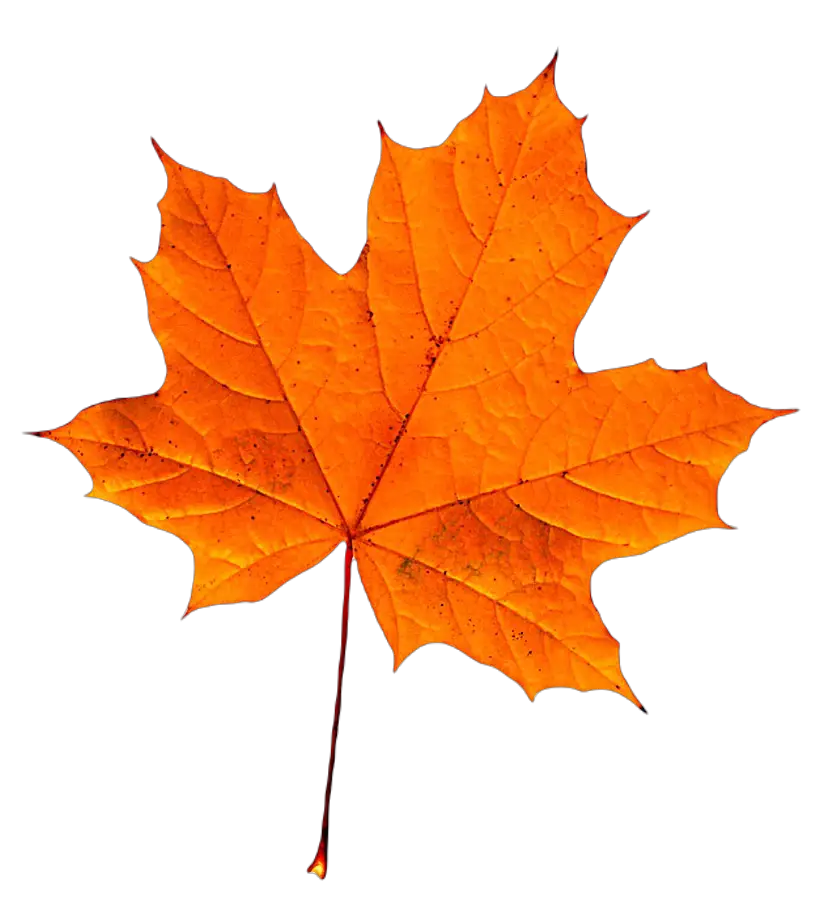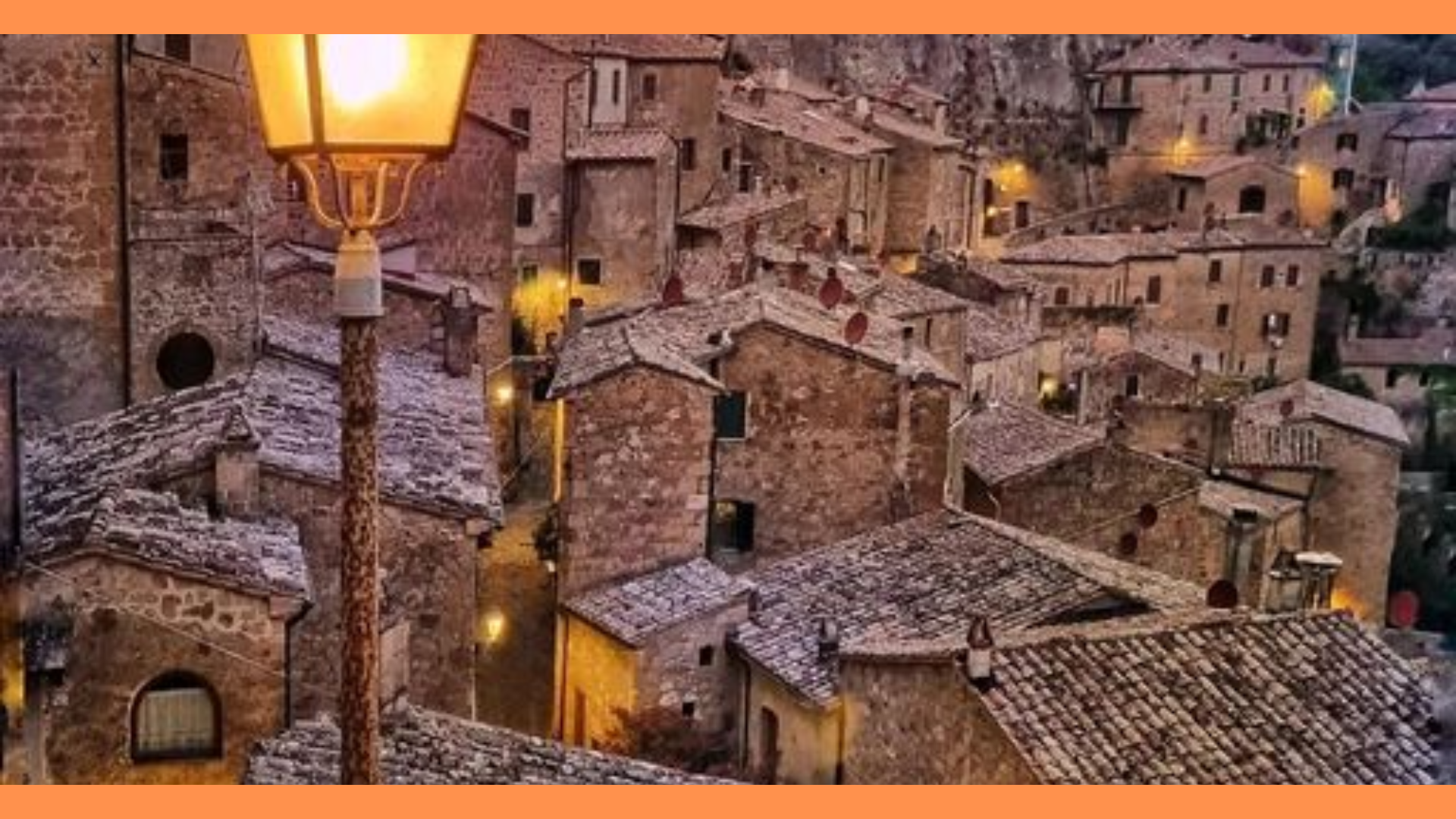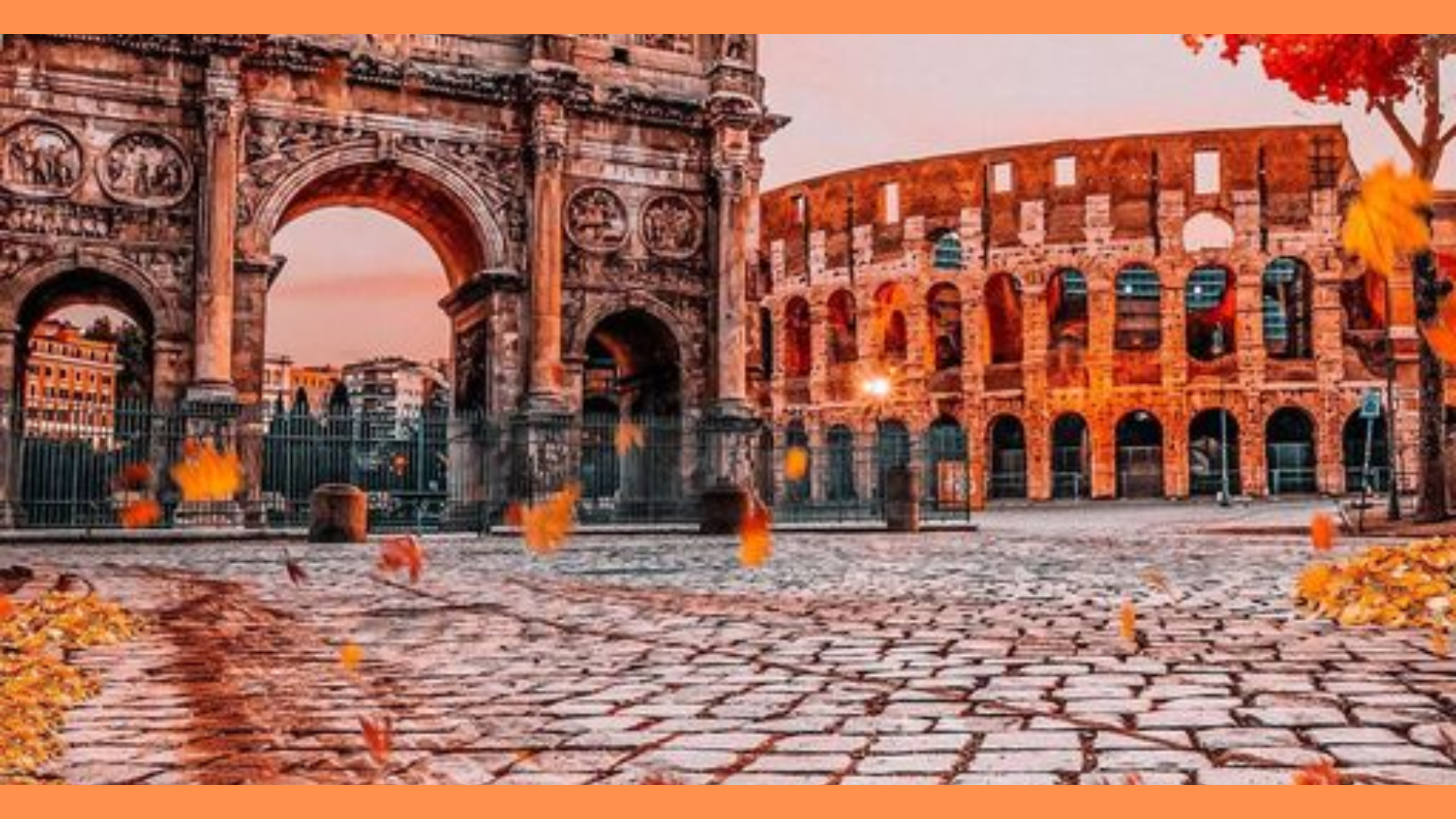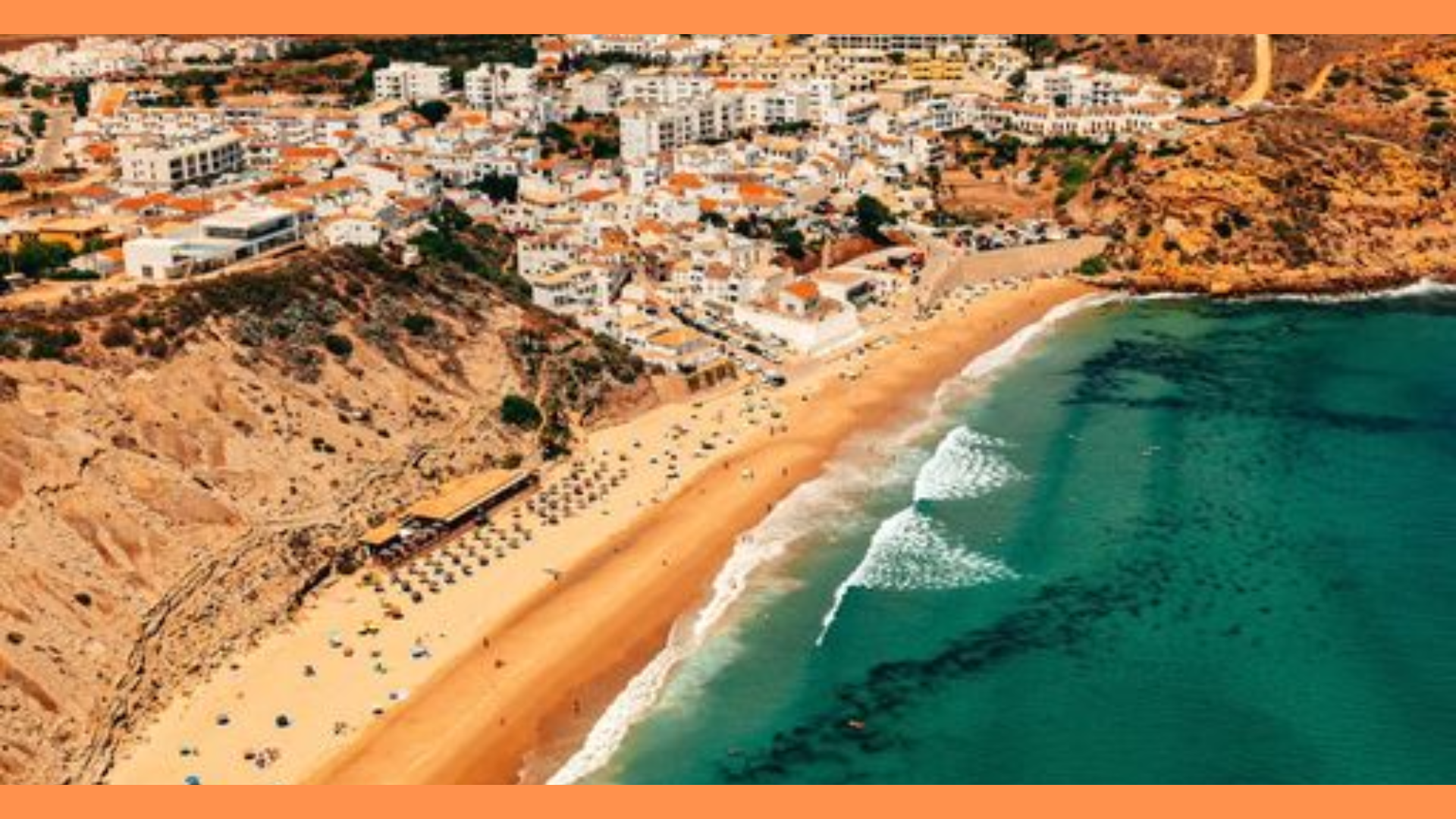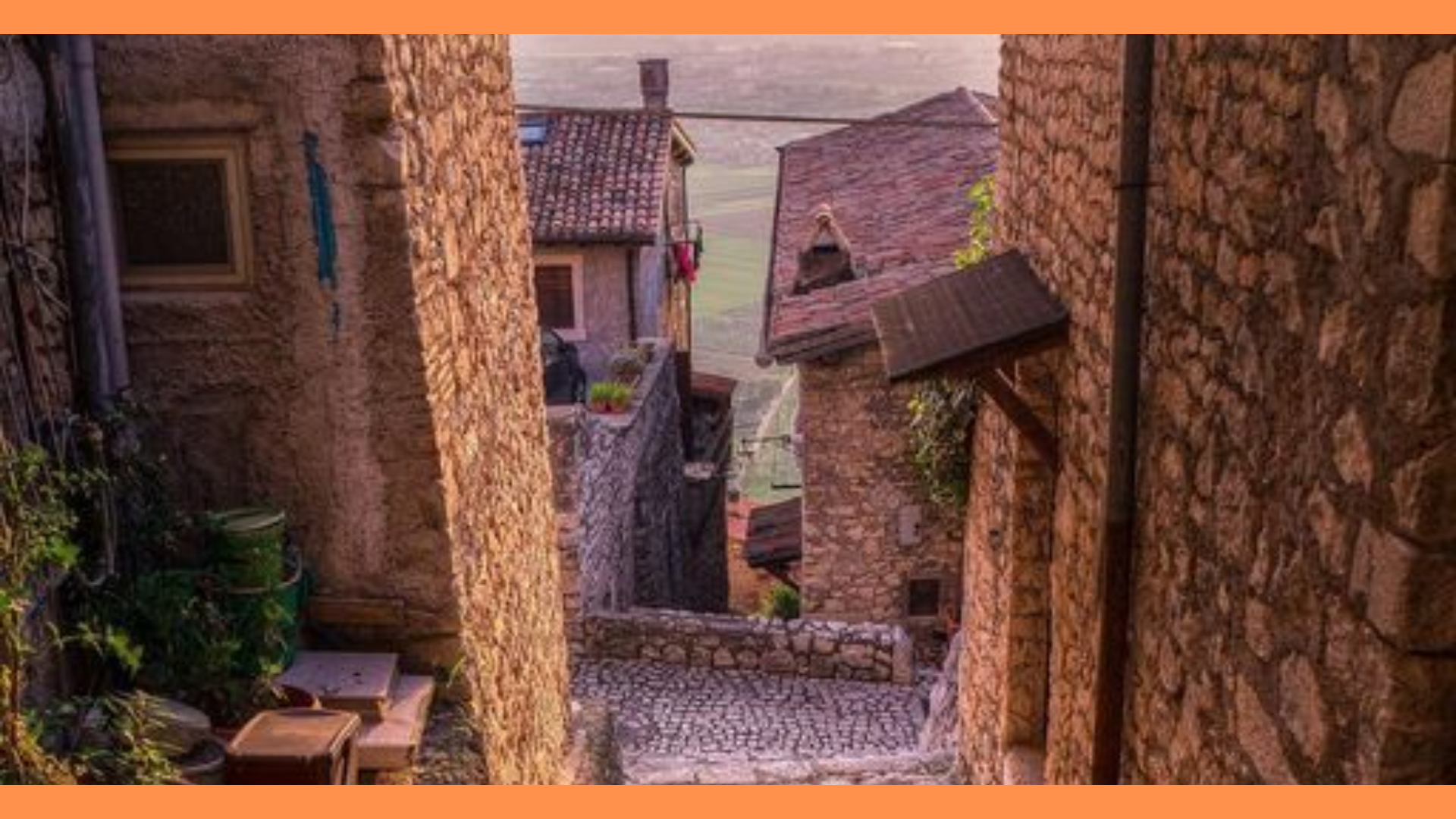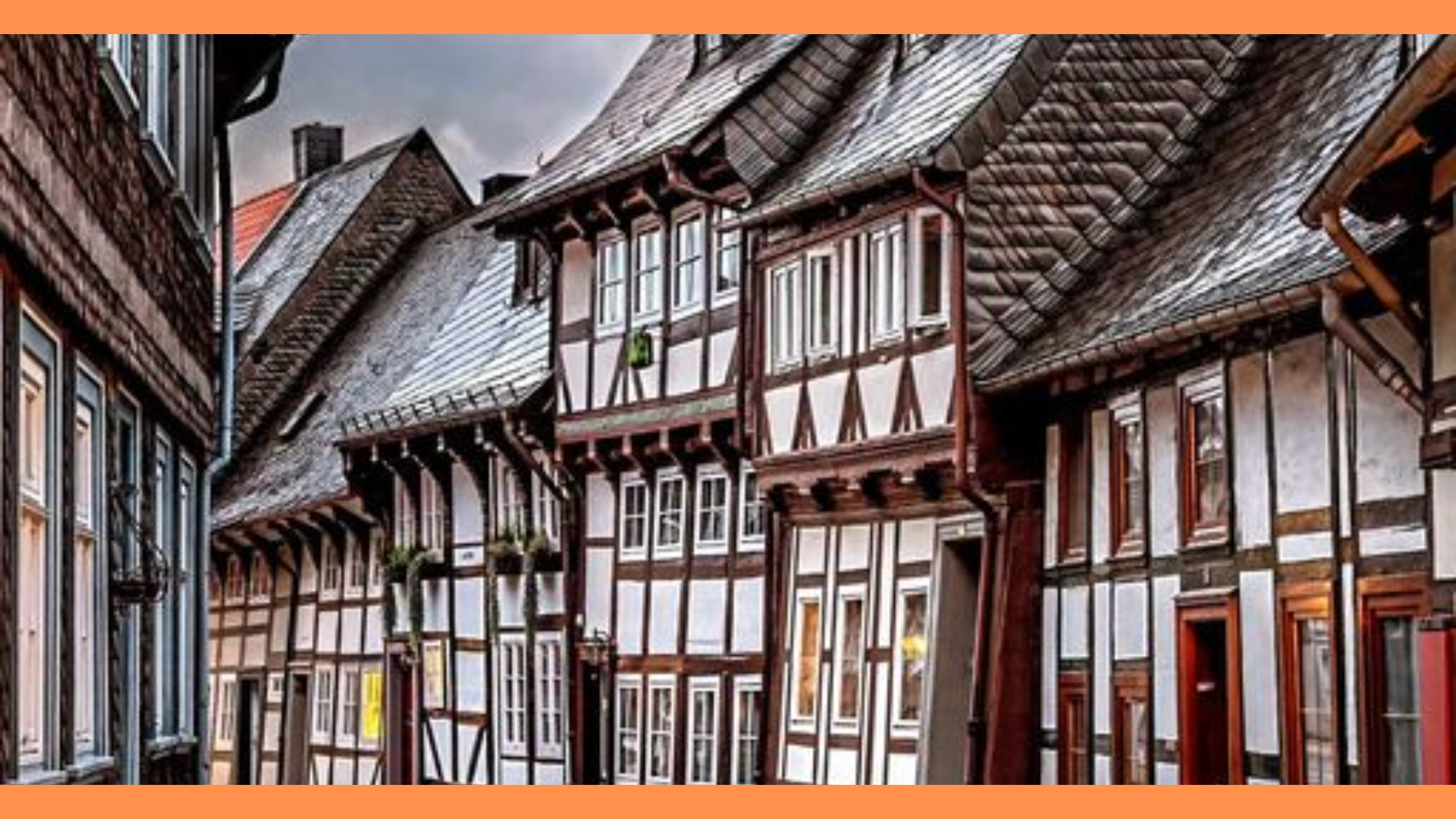Tuscany, a region in central Italy, is renowned for its stunning landscapes, rich history, and exceptional cuisine. From the rolling hills and medieval towns to the world-class art and culinary traditions, Tuscany offers a wealth of experiences for travelers. This article will guide you through the most captivating travel destinations in Tuscany and introduce you to the region’s delectable cuisine.
I. Introduction
Tuscany, known for its picturesque scenery and cultural heritage, is a must-visit destination in Italy. This region boasts a unique blend of historical cities, charming villages, and breathtaking countryside. Tuscany’s allure extends beyond its natural beauty to its rich artistic legacy and culinary delights. Whether you’re exploring historic landmarks, savoring traditional dishes, or enjoying local wines, Tuscany promises an unforgettable experience.
II. Travel Destinations in Tuscany
Tuscany offers a wealth of travel destinations, including historic cities like Florence, Siena, and Pisa, scenic regions such as Chianti and Val d’Orcia, and vibrant festivals. Each location provides unique experiences, from exploring Renaissance art in Florence to enjoying the picturesque landscapes of Chianti.
A. Historical and Cultural Sites
- Florence
Florence, the capital of Tuscany, is often hailed as the cradle of the Renaissance. Its historical significance and artistic heritage make it a prime destination for culture enthusiasts.
- Florence Cathedral (Duomo): The Cathedral of Santa Maria del Fiore, commonly known as the Duomo, dominates the Florence skyline with its iconic dome designed by Filippo Brunelleschi. The cathedral’s façade is adorned with intricate marble patterns, while the interior features stunning frescoes and a vast nave. Visitors can climb to the top of the dome for panoramic views of the city.
- Uffizi Gallery: Home to one of the most important art collections in the world, the Uffizi Gallery showcases masterpieces by renowned artists such as Botticelli, Michelangelo, and Leonardo da Vinci. Highlights include Botticelli’s “The Birth of Venus” and Michelangelo’s “Doni Tondo.” The gallery’s rich collection offers insight into the evolution of Renaissance art.
- Ponte Vecchio: This historic bridge, dating back to the 14th century, spans the Arno River and is lined with charming shops, particularly jewelers. The Ponte Vecchio is renowned for its picturesque setting and historical significance as a commercial hub.
- Siena
Siena, known for its medieval architecture and vibrant cultural scene, is a city steeped in history.
- Piazza del Campo: This shell-shaped square is the heart of Siena and is famous for its unique architecture and the Palio di Siena, a historic horse race held twice a year. The square is surrounded by notable buildings, including the Palazzo Pubblico and the Torre del Mangia.
- Siena Cathedral: The Siena Cathedral, a masterpiece of Romanesque and Gothic architecture, is known for its striking black-and-white striped façade and its ornate interior. The cathedral houses works by Michelangelo and Donatello, and its floor is adorned with intricate marble mosaics.
- Palazzo Pubblico: This historic town hall is home to the Civic Museum and features remarkable frescoes, including “The Allegory of Good and Bad Government” by Ambrogio Lorenzetti. The Palazzo Pubblico offers a glimpse into Siena’s medieval past and its governance.
- Pisa
Pisa, famous worldwide for its Leaning Tower, offers more than just its iconic landmark.
- Leaning Tower of Pisa: This architectural wonder, known for its unintended tilt, is part of the Piazza dei Miracoli. The tower’s construction began in the 12th century and took over 200 years to complete. Visitors can climb the tower’s spiral staircase for a unique view of Pisa.
- Pisa Cathedral and Baptistery: The cathedral, a prime example of Romanesque architecture, features a stunning façade and intricate interior. The adjacent Baptistery, with its impressive acoustics, is another architectural gem worth exploring.
- San Gimignano
Often referred to as the “Medieval Manhattan” due to its numerous towers, San Gimignano is a small town with a rich history.
- Medieval Towers: The town’s skyline is dominated by medieval towers that once belonged to wealthy families. Climbing the towers provides stunning views of the surrounding Tuscan countryside.
- Historic Center: San Gimignano’s well-preserved historic center is a UNESCO World Heritage site. Key landmarks include the Piazza della Cisterna and the Collegiate Church of San Gimignano, known for its frescoes.
- Lucca
Lucca, surrounded by well-preserved city walls, offers a charming blend of history and modernity.
- City Walls: The city’s Renaissance walls, which are now a pedestrian promenade, provide a unique vantage point for exploring Lucca. The walls are lined with gardens and offer picturesque views of the city and surrounding countryside.
- Lucca Cathedral: The cathedral, known as the Duomo di San Martino, features a striking Romanesque façade and a richly decorated interior. Highlights include the Volto Santo, a wooden crucifix revered by locals.
B. Scenic and Natural Attractions
- Chianti Region
The Chianti region, famous for its wine production, offers scenic beauty and a taste of Tuscany’s rural charm.
- Vineyards and Wineries: The rolling hills of Chianti are dotted with vineyards producing world-renowned wines such as Chianti Classico. Visitors can tour local wineries, participate in wine tastings, and learn about the winemaking process.
- Countryside and Scenic Drives: The Chianti region’s picturesque landscapes include vineyards, olive groves, and charming villages. Scenic drives through the countryside offer opportunities to enjoy the natural beauty and explore quaint towns.
- Val d’Orcia
The Val d’Orcia, a UNESCO World Heritage site, is renowned for its stunning landscapes and historic villages.
- Rolling Hills and Landscapes: The rolling hills of Val d’Orcia are characterized by their undulating terrain and picturesque vistas. The region’s landscapes are a perfect example of the Tuscan countryside’s natural beauty.
- Historic Villages: Key villages in Val d’Orcia include Pienza, known for its Renaissance architecture, and Montalcino, famous for its Brunello di Montalcino wine. These villages offer a glimpse into Tuscany’s rural life and history.
- Cinque Terre (Influence on Tuscany)
Although Cinque Terre is technically in Liguria, its influence can be felt in Tuscany’s coastal regions.
- Overview of the Coastal Region: Cinque Terre’s colorful villages and scenic coastal trails have inspired Tuscany’s coastal charm. The region’s picturesque setting and vibrant culture are reflected in Tuscan coastal towns.
- Scenic Trails and Villages: Coastal trails and charming villages along Tuscany’s coastline offer similar experiences to those found in Cinque Terre. Visitors can enjoy scenic hikes and explore coastal towns with rich histories.
C. Festivals and Events
- Palio di Sien
The Palio di Siena is a historic horse race held twice a year in Siena’s Piazza del Campo.
- Description and History: The race dates back to the 17th century and features horses representing different contrade (neighborhoods) of Siena. The event is characterized by its pageantry, fervent local support, and intense competition.
- Key Features and Traditions: The Palio includes colorful parades, medieval costumes, and festive celebrations. It is a unique cultural experience that offers insight into Siena’s traditions and communal spirit.
- Florence Biennale
The Florence Biennale is an international art exhibition held every two years in Florence.
- Overview of the Art Biennale: The event showcases contemporary art from around the world, featuring works by established and emerging artists. The Biennale highlights Florence’s ongoing role as a center for artistic innovation.
- Key Exhibits and Participating Artists: The Biennale includes a diverse range of art forms, from paintings and sculptures to multimedia installations. Visitors can engage with contemporary art and explore the latest trends in the art world.
- Chianti Classico Wine Festival
The Chianti Classico Wine Festival celebrates the region’s iconic wine and local culture.
- Event Highlights: The festival features wine tastings, food pairings, and cultural performances. It provides an opportunity to sample Chianti wines and experience the region’s culinary traditions.
- Activities and Entertainment: The festival includes music, dancing, and local crafts, creating a lively and festive atmosphere for visitors.
III. Cuisine of Tuscany
Tuscany’s cuisine is characterized by traditional dishes such as Bistecca alla Fiorentina, Pici pasta, Ribollita, and local specialties like Cantucci and Vin Santo. The region’s culinary traditions emphasize fresh, seasonal ingredients and simple yet flavorful preparations.
A. Local Specialties
- Florentine Steak (Bistecca alla Fiorentina)
- Description and Preparation: Bistecca alla Fiorentina is a traditional Tuscan steak, typically made from the Chianina breed of cattle. The steak is grilled to perfection and served rare, seasoned simply with salt and pepper. It is a quintessential Tuscan dish, often enjoyed with a glass of local red wine.
- Best Places to Enjoy It: Renowned restaurants in Florence, such as Trattoria Mario and La Giostra, are famous for their Bistecca alla Fiorentina. These establishments offer a classic dining experience with high-quality steaks.
- Pici Pasta
- Types and Flavors: Pici is a traditional Tuscan pasta made from simple ingredients: flour, water, and salt. It is characterized by its thick, hand-rolled shape. Popular dishes include Pici cacio e pepe (with cheese and pepper) and Pici cinghiale (with wild boar sauce).
- Popular Recipes and Variations: Pici is versatile and can be paired with a variety of sauces, from rich meat sauces to lighter vegetable-based ones. Each Tuscan region has its own take on Pici dishes.
- Ribollita
- Recipe and Ingredients: Ribollita is a hearty Tuscan soup made with bread, beans, and vegetables. The name “ribollita” means “reboiled,” reflecting the tradition of reheating leftover soup. Key ingredients include kale, carrots, celery, and cannellini beans.
- Historical and Cultural Context: Ribollita is a classic example of Tuscan cucina povera (poor cuisine), which emphasizes simple, rustic ingredients. It is a comforting dish that showcases the region’s culinary heritage.
- Cantucci and Vin Santo
- Cantucci (Biscotti): Cantucci, or biscotti, are almond cookies that are twice-baked to achieve their crisp texture. They are traditionally enjoyed with a glass of Vin Santo, a sweet dessert wine.
- Vin Santo: Vin Santo is a dessert wine made from dried grapes, resulting in a rich, sweet flavor. It is often served as an accompaniment to cantucci, creating a classic Tuscan pairing.
B. Traditional Tuscan Cuisine
- Antipasti
- Typical Dishes: Tuscan antipasti often include a variety of cured meats, cheeses, and marinated vegetables. Common items are prosciutto, salami, pecorino cheese, and bruschetta with tomatoes and basil.
- Ingredients and Preparation: Antipasti are prepared with fresh, local ingredients and are meant to be shared as part of a leisurely meal. They offer a flavorful introduction to Tuscan cuisine.
- Soups and Stews
- Popular Varieties: In addition to ribollita, Tuscan soups and stews include dishes like pappa al pomodoro (tomato and bread soup) and cacciucco (a seafood stew). These dishes highlight the use of seasonal ingredients and traditional cooking techniques.
- Ingredients and Cooking Methods: Tuscan soups and stews are typically slow-cooked to develop rich flavors. Ingredients like tomatoes, beans, and seasonal vegetables are common.
- Cheeses
- Local Varieties: Tuscany produces a range of cheeses, including pecorino (sheep’s milk cheese) and ricotta. Pecorino is often aged and can be enjoyed on its own or as part of a dish.
- Notable Cheeses and Where to Find Them: Pecorino Toscano and Ricotta di Pecora are notable Tuscan cheeses. They can be found in local markets and specialty stores throughout Tuscany.
C. Beverages
- Tuscan Wines
- Red and White Wines: Tuscany is renowned for its wines, including Chianti, Brunello di Montalcino, and Vernaccia di San Gimignano. These wines are produced in various regions and offer a range of flavors and profiles.
- Wine Regions and Tasting Experiences: Wine tours in Chianti, Montalcino, and other regions provide opportunities to sample local wines and learn about the winemaking process. Many wineries offer tastings and tours.
- Grappa
- Production and Flavors: Grappa is a distilled spirit made from grape pomace. It is often enjoyed as a digestif after a meal. Grappa can vary in flavor, from smooth and mellow to bold and intense.
- Popular Brands and Tasting Tips: Popular grappa brands include Nonino and Nardini. Tasting grappa provides a unique insight into Tuscany’s distilled spirits and their role in local culture.
Tuscany, with its rich history, stunning landscapes, and exceptional cuisine, offers a diverse and enriching travel experience. From the historic cities of Florence, Siena, and Pisa to the scenic beauty of the Chianti and Val d’Orcia regions, Tuscany captivates visitors with its charm and character. The region’s culinary traditions, including dishes like Bistecca alla Fiorentina, Pici pasta, and Ribollita, reflect the flavors and ingredients that define Tuscan cuisine.
